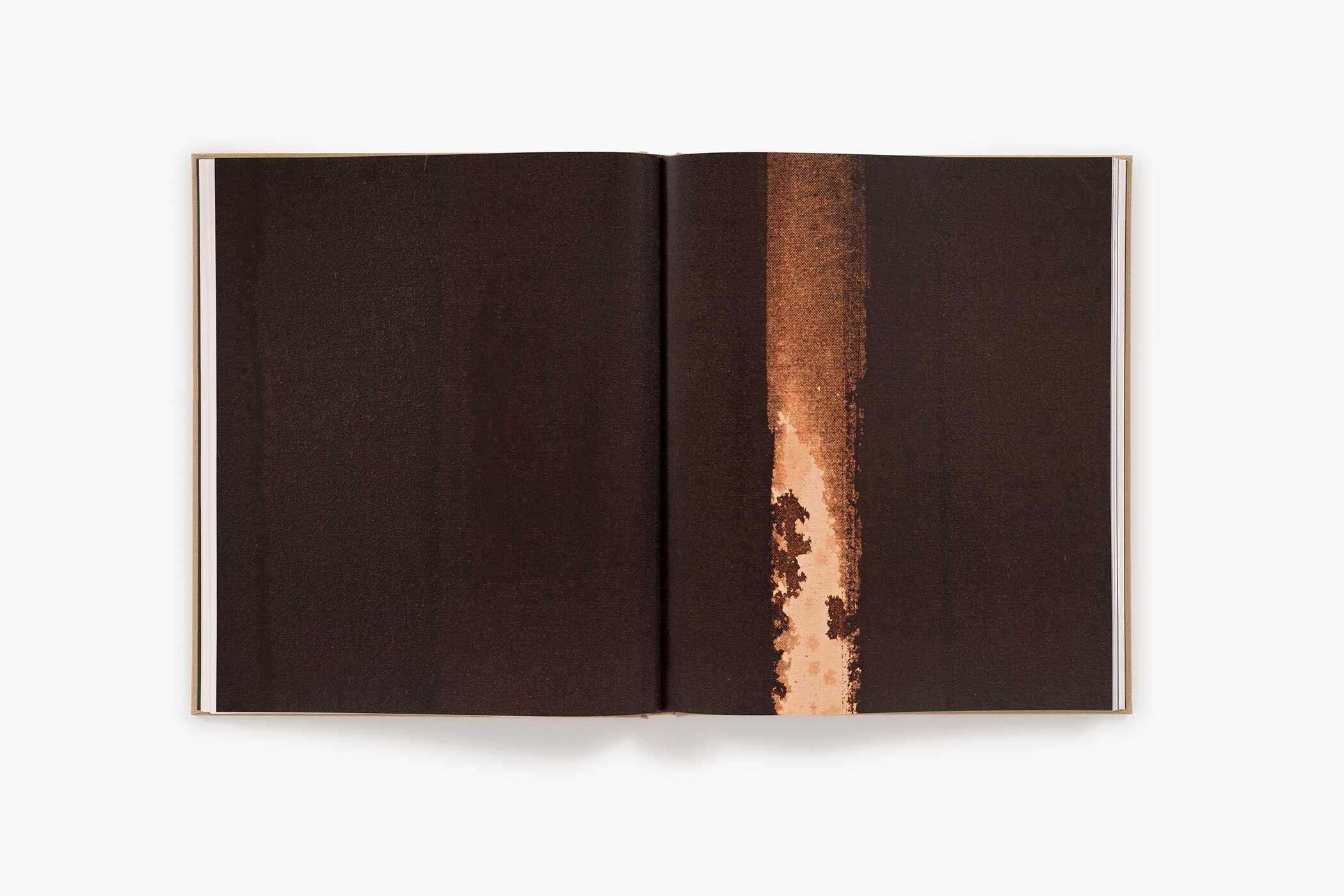Plus, receive recommendations and exclusive offers on all of your favorite books and authors from Simon & Schuster.
Yun Hyong-keun / Paris
Table of Contents
About The Book
A contemplative exploration of the work of Yun Hyong-keun, a renowned Korean abstract painter, during a transformative period in Paris in the early 1980s
“His brushstrokes bled naturally across the linen or cotton raw canvas—appearing light brown as its fabric was not bleached—reminiscent of traditional East Asian calligraphy or ink and wash paintings.” —The Korea Times
From 1980 to 1982, Yun Hyong-keun resided in Paris, seeking both peace from the violent political turmoil that exploded in South Korea in 1980 and a new, artistic center in which to create work. His brief but illuminating stay in the city became the locus of his freedom of expression.
Yun’s signature abstract compositions engage and transcend Eastern and Western art movements and visual traditions, establishing him as one of the most significant artists of the twentieth century. He is the most prominent figure associated with the Dansaekhwa (monochrome painting) movement, the name given to a group of influential Korean artists from the 1960s and 1970s. Using a restricted palette of ultramarine and umber, Yun created his compositions of monolithic swathes by adding layer upon layer of paint to raw canvas or linen and to hanji (Korean mulberry paper), often applying the next coat before the one below had dried.
Published on the occasion of the artist’s exhibition at David Zwirner, Paris, in 2023, this limited-run cloth-bound catalogue focuses on his paintings and works on hanji made in Paris. In an accompanying text, the art historian Oh Gwangsu considers Yun’s work prior to his move to Paris, particularly the artist’s shift toward his signature works in the 1970s. The writer Mara Hoberman reflects on Yun’s practice and influences upon his arrival in the European capital, including an examination of his more nuanced understanding of the color black, which takes on different meanings in France and Korea.
Product Details
- Publisher: David Zwirner Books (February 6, 2024)
- Length: 104 pages
- ISBN13: 9781644231166
Browse Related Books
Raves and Reviews
“His brushstrokes bled naturally across the linen or cotton raw canvas—appearing light brown as its fabric was not bleached—reminiscent of traditional East Asian calligraphy or ink and wash paintings”
– The Korea Times
“Cracks and luminous abysses letting the depths of minimalist fields burst onto fragile monoliths: such is the shock felt when faced with a painting by Korean artist Yun Hyong-keun”
– La Gazette Drouot
"Of obvious quality, this tribute to the artist . . . shows a marvelous conquest of space through uncluttered landscapes. Vibratile and delicate sensation"
– Télérama
“The artist's abstract works…exude both an undeniable mental strength and a kind of discord. A somber gravity despite their minimalist language devoid of affect”
– art press
Resources and Downloads
High Resolution Images
- Book Cover Image (jpg): Yun Hyong-keun / Paris Paper Over Board 9781644231166



















